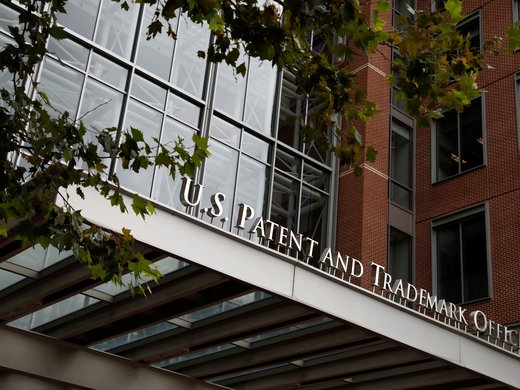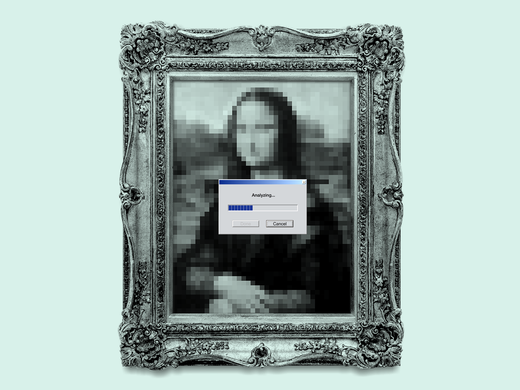The doctrine of patent exhaustion represents a check on patent rights, by limiting how a patent holder can restrict use of the patented item, and curtailing the negative social costs of patent rights, such as inflated product prices and hampered diffusion of technology during the patent’s term. The US Supreme Court has recently issued a groundbreaking judgment on the doctrine’s scope in the case of Impression Products, Inc v Lexmark Int’l, Inc, bringing the doctrine centre stage in the ongoing debate over patent law reform in Canada.
The paper discusses qualitative arguments for and against absolute exhaustion made in the legal literature, and then summarizes the welfare implications of the exhaustion regime in the context of a formal economic model of domestic patent exhaustion. It concludes with policy recommendations. Canadian courts should be more upfront in dealing with issues concerning patent exhaustion, and the public policy goals the doctrine serves. They should adopt a contextual approach to the exhaustion doctrine and its limiting effect on patent rights by allowing express reservation of patent rights to be enforceable only when warranted by the circumstances, with the focus on three factors: the cost of licensing downstream purchasers relative to the value of the licensing contract; the degree of information asymmetry among patent holders, intermediaries and end-users; and the underlying technological complexity.


